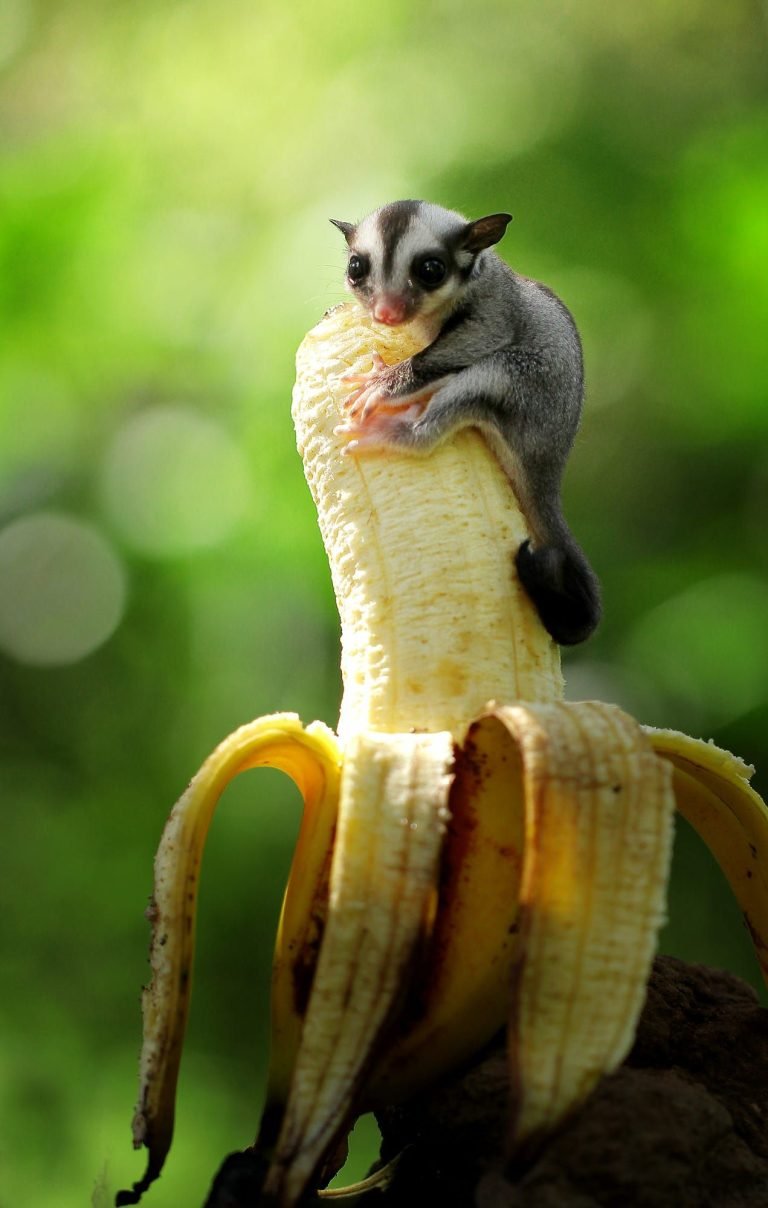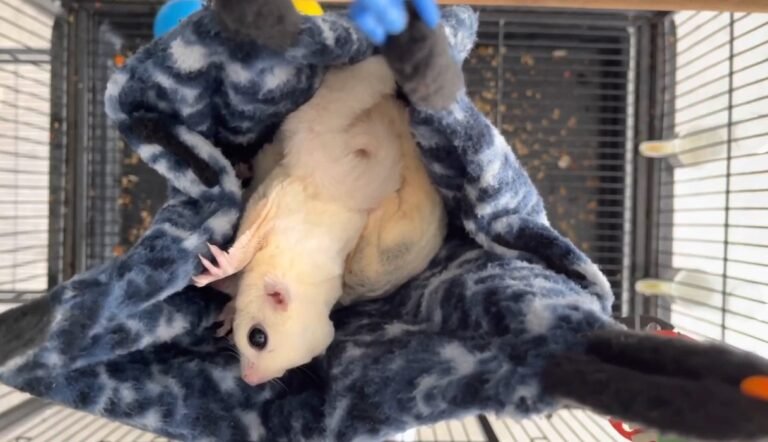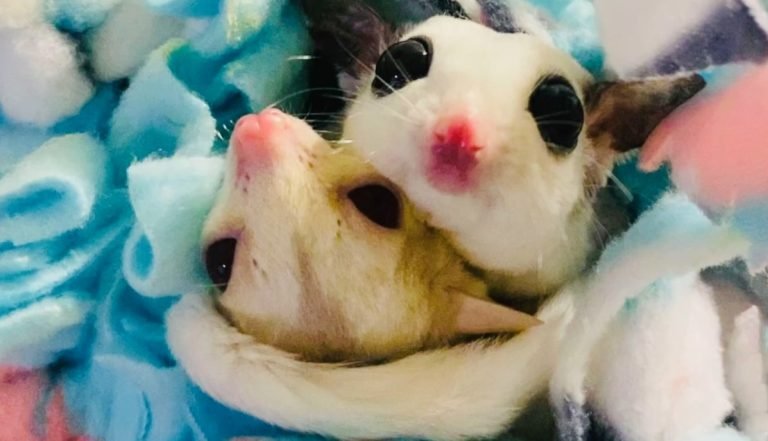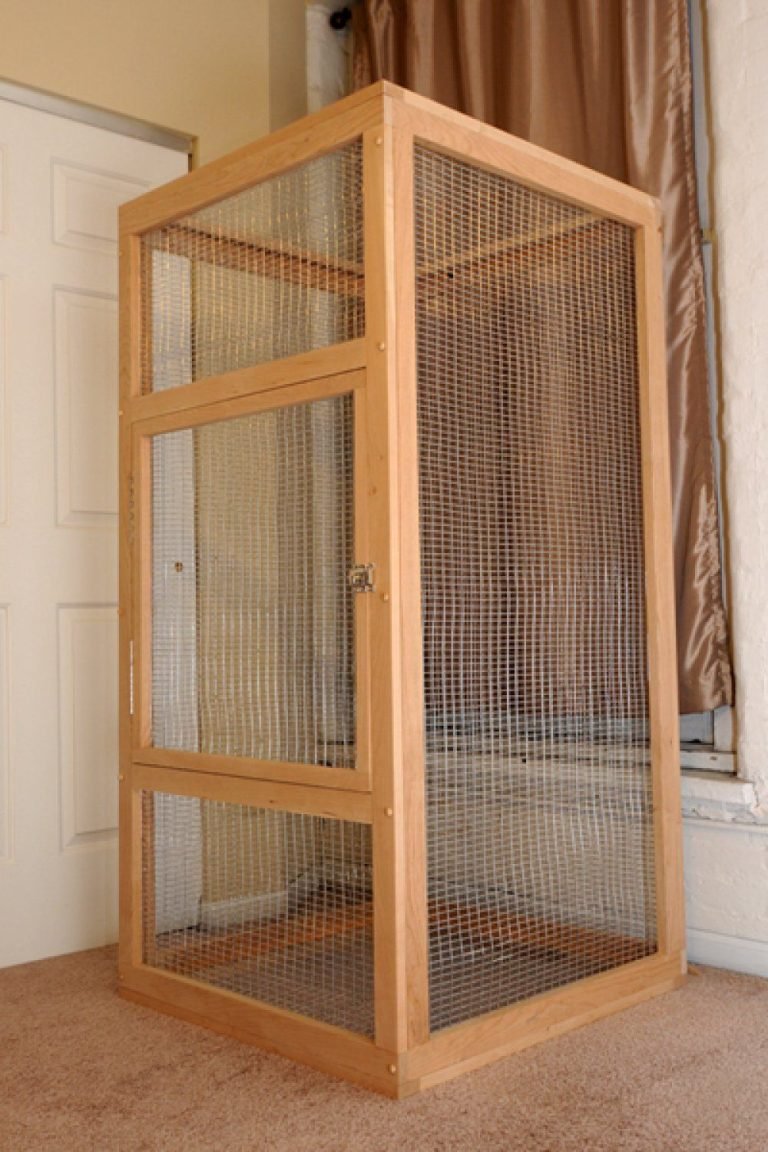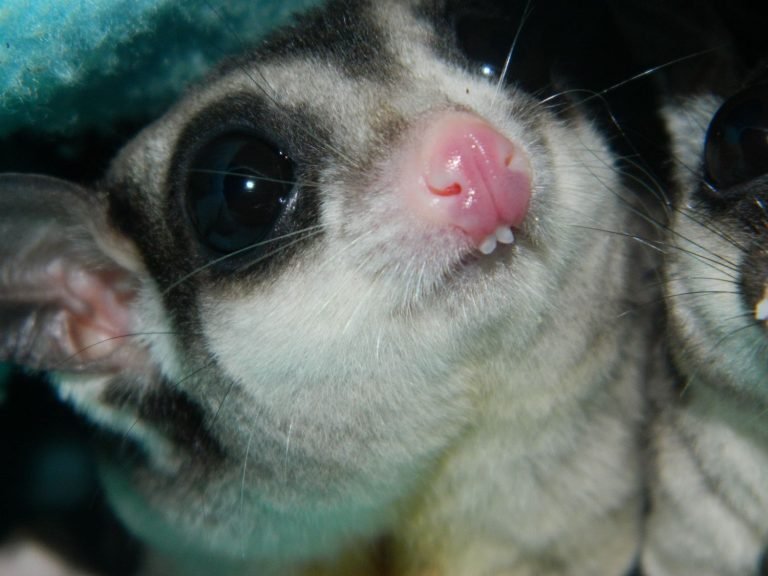What Is A Sugar Gliders Habitat
A sugar glider’s habitat is crucial to its overall well-being and happiness. These adorable creatures, native to Australia, need a specific environment to thrive and exhibit their natural behaviors. In this article, we will explore the what is a sugar gliders habitat, including their natural habitat in the wild, the ideal enclosure for captive sugar gliders, and the necessary environmental factors to consider.
The Natural Habitat of Sugar Gliders
Sugar gliders are small marsupials that are well adapted to life in the forests of Australia and New Guinea. In the wild, they are commonly found in the rainforests, eucalyptus forests, and woodlands. Their natural habitat provides them with the perfect combination of trees, shrubs, and open areas, allowing them to glide effortlessly from tree to tree in search of food and shelter.
In the wild, sugar gliders spend the majority of their time high up in the trees, using their patagium (a membrane between their wrists and ankles) to glide. They build elaborate nests made of leaves, bark, and grass in tree hollows or crevices. These nests serve as a safe haven for rest and sleep during the day.
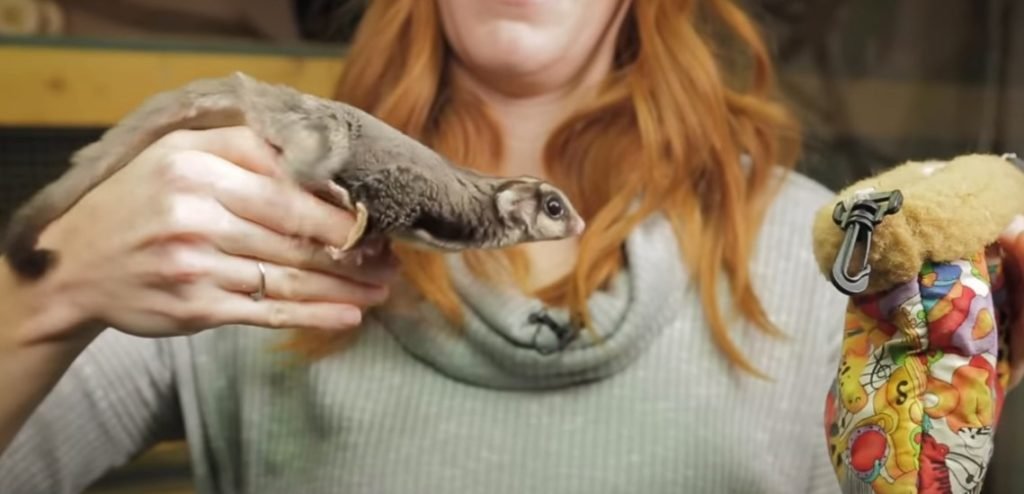
Enclosure for Captive Sugar Gliders
When keeping sugar gliders as pets, it is essential to provide them with an enclosure that mimics their natural habitat as closely as possible. The enclosure should be spacious enough for them to glide around and engage in their natural behaviors. Here are some key factors to consider when setting up an enclosure for your pet sugar glider:
Size:
Sugar gliders are highly active and social animals, so their enclosure should be large enough to accommodate their need for movement and interaction. A minimum enclosure size of 2 feet by 2 feet by 3 feet is recommended for a pair of sugar gliders. Providing plenty of vertical space is also important, as gliding is one of their primary modes of movement.
Cage Bars and Flooring:
Make sure the spacing between the cage bars is narrow enough to prevent the sugar gliders from squeezing through and escaping. The flooring of the enclosure should be solid, as wire mesh can cause injuries to their delicate paws. It is also recommended to cover the floor with soft bedding materials like fleece to provide comfort and insulation.
Enrichment:
Sugar gliders are intelligent creatures that require mental stimulation. Provide plenty of toys, climbing structures, and branches for them to explore and interact with. Adding nesting boxes or pouches can also mimic the tree hollows they would naturally use in the wild. Rotating toys and providing new ones regularly will prevent boredom and ensure a stimulating environment.
Environmental Factors to Consider
Creating the ideal habitat for sugar gliders involves more than just the physical enclosure. It is essential to consider the following environmental factors to ensure the health and well-being of your pets:
Temperature and Humidity:
Sugar gliders are native to warm climates, so maintaining a consistent temperature between 75-85°F (24-29°C) is crucial. It is important to keep their environment away from drafts, direct sunlight, and extreme temperature fluctuations. Humidity levels should be kept around 40-60% to prevent dehydration and respiratory issues.
Lighting:
In their natural habitat, sugar gliders are exposed to natural daylight cycles. Mimicking this in captivity is essential for their overall well-being. Provide a natural light source, whether through windows or full-spectrum lighting, and ensure they have a consistent day/night cycle.
Diet:
A sugar glider’s diet plays a vital role in their overall health. In captivity, they require a balanced diet consisting of a variety of fresh fruits, vegetables, and protein sources. Supplementing their diet with a quality commercial sugar glider food is also recommended to ensure they receive all the necessary vitamins and minerals.
Frequently Asked Questions
Q: Can sugar gliders be housed with other pets?
A: Sugar gliders are highly social animals and thrive in the company of their own kind. It is usually best to house them together in pairs or small groups. While they can coexist with other pets like cats or dogs, it is important to supervise interactions and ensure the safety of all animals involved.
Q: How often should I clean my sugar glider’s enclosure?
A: Sugar gliders are generally clean animals, but their enclosure still requires regular cleaning. Spot cleaning and removing waste should be done daily, while a more thorough cleaning should be done weekly. Replace bedding material, sanitize toys, and wash food dishes to maintain a clean and hygienic environment for your pets.
Q: Can sugar gliders be potty trained?
A: Yes, sugar gliders can be trained to use a specific area as a bathroom. By observing their natural behaviors and consistently placing a litter tray in their chosen spot, they can be encouraged to use it for waste elimination. However, it is important to note that not all sugar gliders will readily adapt to this training.
Final Thoughts
Creating the perfect habitat for your sugar gliders is essential for their overall health and happiness. By providing a spacious enclosure, mimicking their natural environment, and considering important environmental factors, you can ensure that your sugar gliders thrive in captivity. Remember to always do thorough research and consult with experts to provide the best care possible for your beloved pets.


